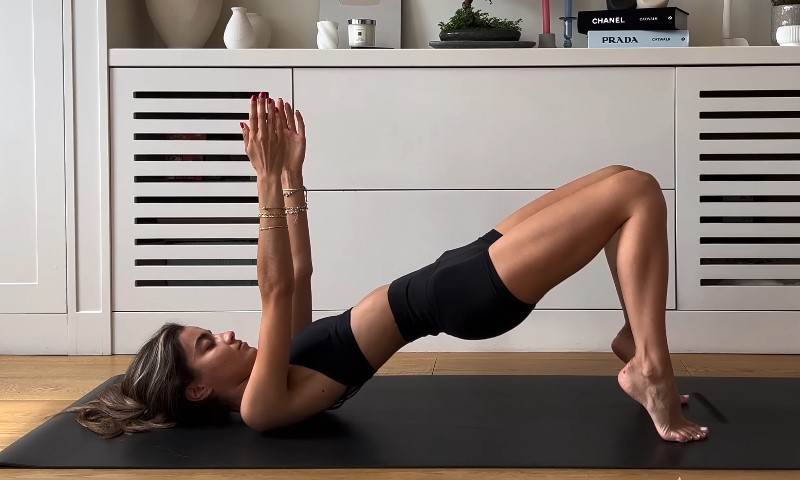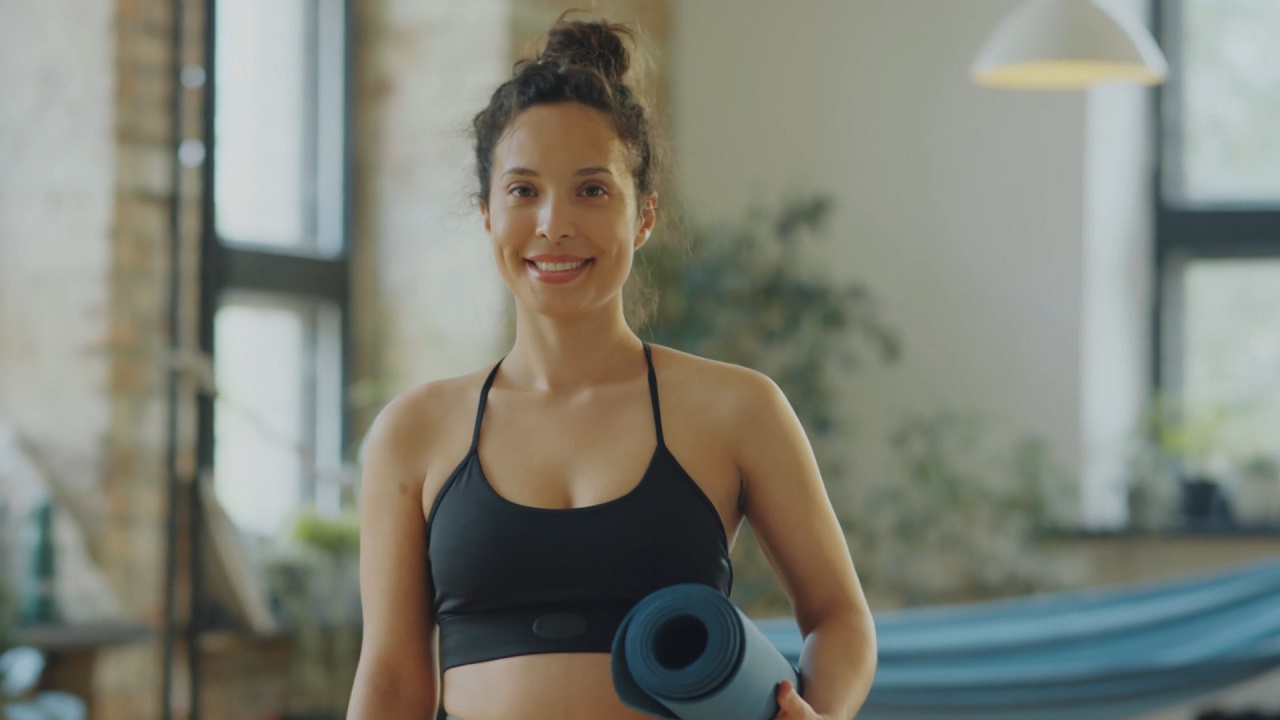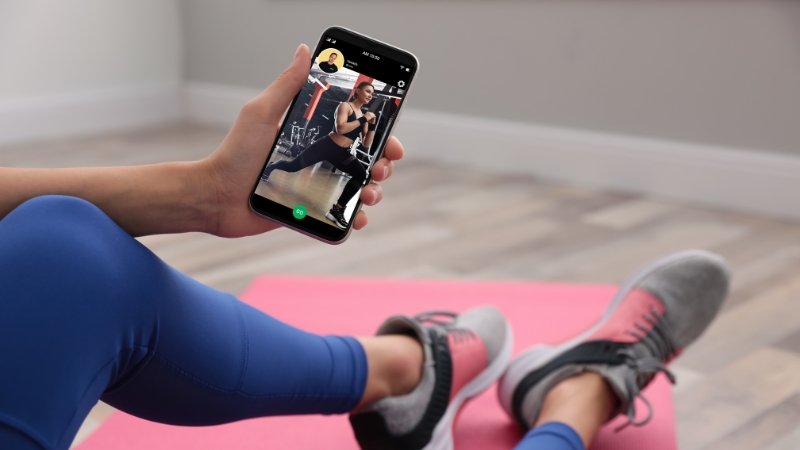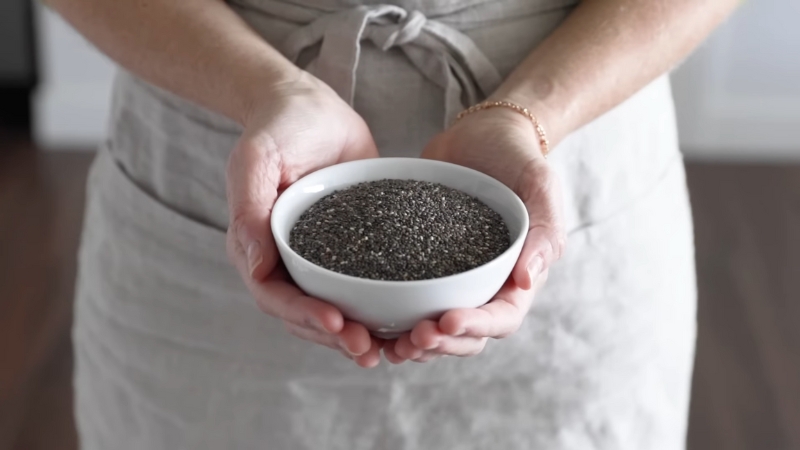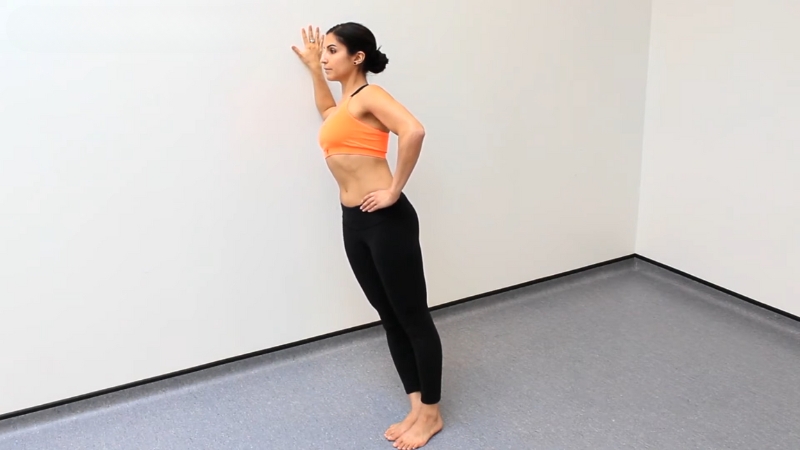
Share Post:
If you want to strengthen your core but dread the thought of painful floor exercises or simply need something gentle on your joints, wall planks are a smart place to start.
Whether you’re brand new to fitness, coming back after an injury, or just looking for an approachable core workout, wall planks offer real results without the intimidation factor.
Unlike traditional planks, which can be tough on your wrists, shoulders, and back, wall planks let you work on your core strength while standing up and using the support of a wall. This means less pressure on your joints, better control over your form, and a much lower risk of injury.
They’re a low-impact alternative to traditional floor planks and perfect for anyone starting out. Let’s explore how wall planks can be an effective part of your fitness routine.
Wall Planks In a Nutshell
Imagine a plank exercise but with a twist—literally. Instead of holding your body off the ground, you use the support of a wall.
Standing up with your hands pressed against a wall, you step your feet back to create an angled plank position.
The wall helps by reducing the load on your arms and core, making it easier to maintain the proper form.
How to Do a Wall Plank
Ready to give it a try? Here’s a simple step-by-step guide to performing a wall plank.
- Starting Position: Stand facing a wall with your feet about hip-width apart. Place your hands flat against the wall at shoulder height, a little wider than shoulder-width.
- Engage Your Core: Step your feet back until your body forms a straight line from your head to your heels. Your arms should be extended, and your body at a slight angle to the wall.
- Alignment Check: Make sure your shoulders are directly above your wrists, your spine is neutral, and your core is engaged. Avoid letting your hips sag or arching your back.
- Hold the Position: Start by holding the wall plank for 20–30 seconds. Focus on steady breathing and keeping your muscles engaged.
- Increase Duration Gradually: As you build strength and endurance, try to hold the plank for 60 seconds or even longer.
Why Is This Exercise So Good?
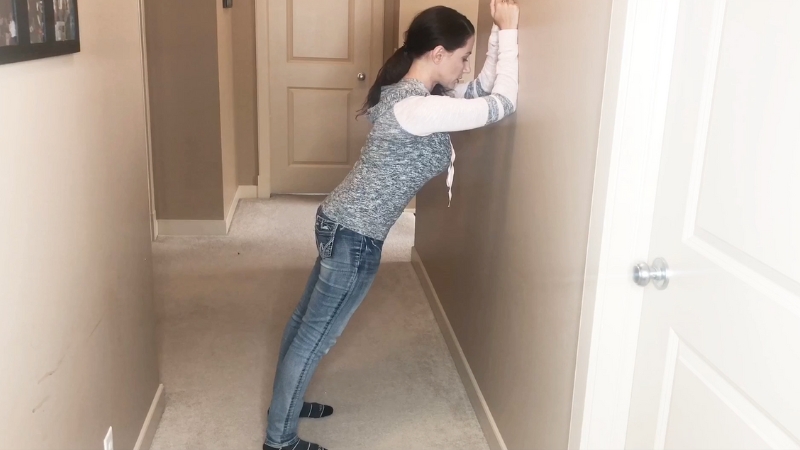
You might wonder why not just stick to traditional planks? Here’s the deal: wall planks offer some unique benefits, especially for beginners.
Core Strengthening
At the heart of it, wall planks are all about building that strong core. By engaging the muscles in your abdomen, obliques, and even those deep stabilizers, you’re laying the groundwork for better balance, posture, and overall stability.
And as you get stronger, you’ll find that other exercises and daily movements become easier and more fluid.
Better Posture
One of the best things about wall planks is how they encourage proper posture. As you hold the plank position, you’re not just working your core; you’re aligning your spine, engaging your back muscles, and correcting any imbalances.
Over time, this can help reduce back pain and make you more aware of how you carry yourself throughout the day.
Gentle on the Joints
Traditional planks can be tough on the wrists, shoulders, and lower back, especially if you’re just starting out or dealing with joint issues.
Wall planks, on the other hand, are much gentler. They allow you to work on your core without putting too much strain on those sensitive areas, making them an ideal choice for beginners or anyone recovering from an injury.
Accessible and Convenient
You don’t need a gym membership or fancy equipment to do wall planks. All you need is a flat wall surface, and you’re good to go. If you’re at home, at work, or even traveling, you can easily fit a quick wall plank exercise into your day.
Common Mistakes to Watch Out For
Like any exercise, it’s important to keep an eye on your form to get the most out of the wall planks exercise.
Here are a few common mistakes to avoid:
- Sagging Hips: Dropping your hips can strain your lower back and reduce the effectiveness of the exercise. Keep your hips aligned with the rest of your body.
- Overarching the Back: If your back is arching, it’s a sign you’re not fully engaging your core. Tighten those abdominal muscles and maintain a neutral spine.
- Incorrect Arm Placement: Your hands should be at shoulder height, not too high or too low. Misplacing your arms can throw off your alignment and make the exercise less effective.
- Holding Your Breath: It’s easy to forget to breathe when you’re concentrating on your form, but steady breathing is crucial. It helps oxygenate your muscles and keeps you from getting dizzy.
Variations to Keep Things Interesting

Here are a few variations to try:
1. Wall Plank with Leg Lift
After you’ve become comfortable holding a basic wall plank, try raising one leg off the ground. This might sound simple, but it brings a whole new challenge to your stability and balance.
When you lift your leg, your body naturally wants to twist or tip to one side—your core and glutes have to work overtime to keep everything steady.
How to do it:
- Set up in your regular wall plank position.
- Slowly lift one foot a few inches off the ground, keeping your leg straight and hips level.
- Hold for a few seconds, then switch legs.
2. Wall Plank with Arm Lift
Lifting one arm off the wall adds another layer of difficulty, making your body work harder to stay aligned.
This variation helps develop shoulder stability and deep core strength, while also challenging your coordination.
How to do it:
- Begin with a standard wall plank.
- Gently lift one hand a few inches off the wall, keeping your hips and shoulders square to the wall.
- Hold briefly, then return your hand and switch to the other arm.
3. Wall Plank with Ball
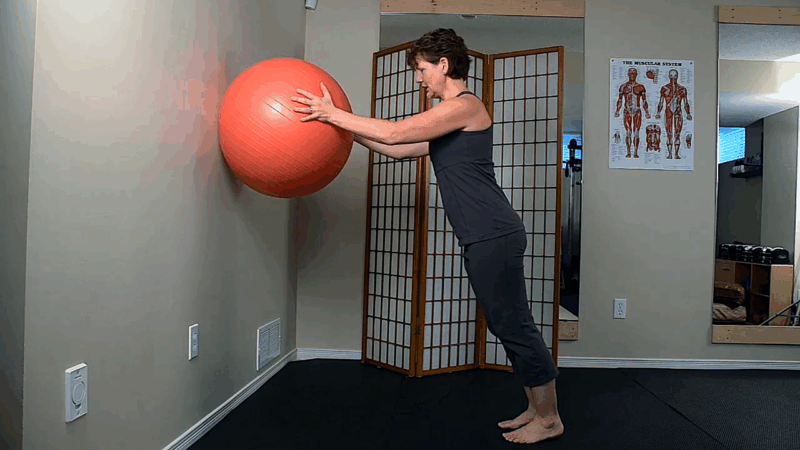
If you’re ready for an extra challenge and have access to a stability ball, this variation is a fantastic way to increase the intensity of your workout.
Placing your hands on the ball (instead of directly on the wall) adds instability, forcing your core and stabilizer muscles to engage even more to keep you balanced.
How to do it:
- Place a medium stability ball against the wall at shoulder height.
- Assume your wall plank position, pressing your hands into the ball instead of the wall.
- Hold the plank, focusing on controlling any wobble from the ball.
4. Incline Wall Plank
If you want to take things up a notch, change the angle of your body by stepping your feet farther away from the wall.
The more you lean, the steeper the angle, and the more gravity will try to pull your hips down. This variation ramps up the intensity and demands more from your core.
How to do it:
- Start facing the wall, hands at shoulder height.
- Walk your feet back so your body forms a sharper angle with the wall.
- Keep your body in a straight line and hold.
Introducing Wall Planks into Your Routine
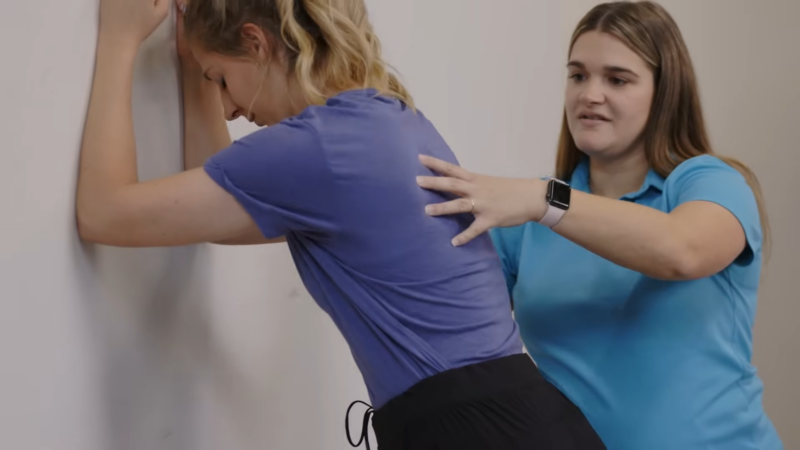
Here are a few ideas:
As a Warm-Up
Start your workout with a wall plank to wake up your core muscles. It’s a gentle way to get your body ready for more intense exercises.
Core Workout
Pair wall planks with other core exercises like leg raises, bird dogs, and Russian twists for a well-rounded abdominal workout. You’ll hit all the major muscles in your core, building strength and endurance over time.
Cooldown
Use wall planks at the end of your workout to reinforce core engagement as you cool down. It’s a great way to finish strong and keep your muscles working even as you relax.
Daily Practice
For beginners, making wall planks a daily habit can do wonders for building core strength and improving posture. Even a minute or two each day can make a big difference over time.
A Gentle Start to a Stronger Core
@handstanding_grandma IN CASE YOU DIDN’T KNOW, ANY PLANK IS GOOD FOR CORE STRENGTHENING 💪, but wall planks take the burn to a whole new level! 🔥 Just getting your body positioned in a straight line is difficult, let alone trying to hold it any amount of time! You will work every muscle in your body! 😮💨 I find it “easier” to walk my feet down the wall, rather than up — and to do it barefoot instead of wearing shoes — but either way it’s TOUGH! 😲 TIP: Do this near a mirror — it’s almost impossible to tell when your hips are level without it! 👀 Save for later and tag me if you try it! 🙌 Follow me for more plank and over 60 inspiration! 🙋♀️ #plank #wallplank #corestrength #upperbodyworkout #bodyweightworkout #plankpose #over60 #fitnessinspiration #1secondeveryday #theun1t ♬ i see london i see france – bbno$
Wall planks offer a simple, effective, and low-impact way to start building a stronger core. They’re accessible, easy on the joints, and can be done anywhere, making them a perfect exercise for beginners.
By focusing on proper form and gradually increasing the duration and intensity, you can lay the foundation for better posture, stability, and overall fitness.
So, whether you’re new to working out, recovering from an injury, or just looking for a way to engage your core without overdoing it, give wall planks a try.
Related Posts:
- What Muscles Do Planks Target? - A Complete Guide
- Cable Lateral Raises for Beginners - Ultimate Guide 101
- How To Choose Between Keto, Paleo, And Dash For Beginners
- Kas Glute Bridge for Beginners - Getting Started
- 8 Fitness Certifications For Training Beginners,…
- How to Make Healthy Ice Cream at Home - Recipe for Beginners




